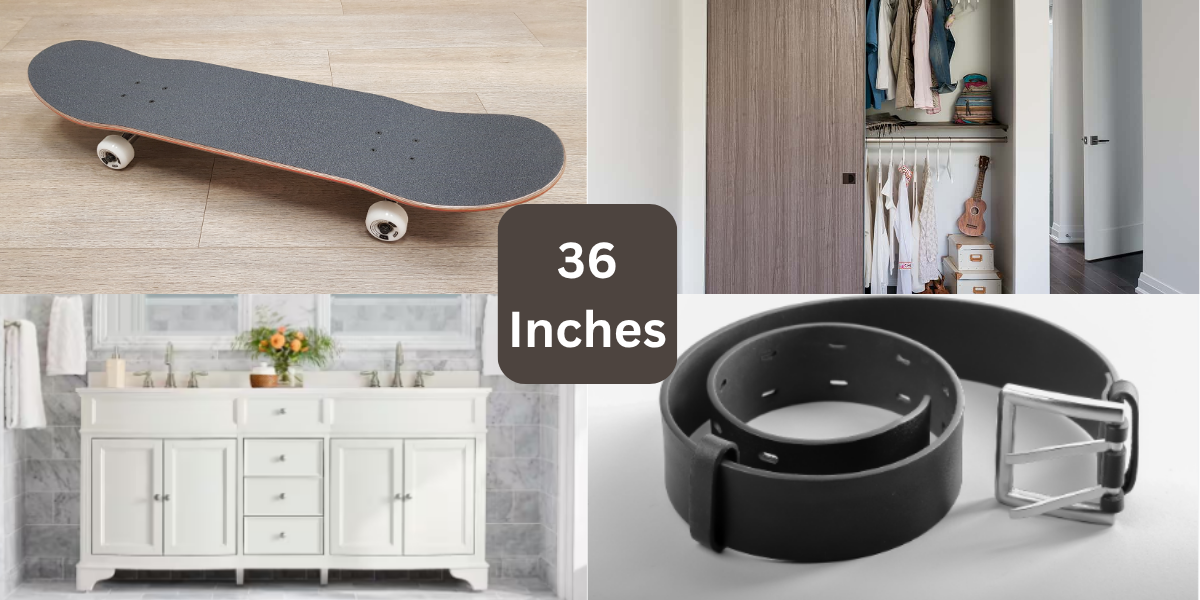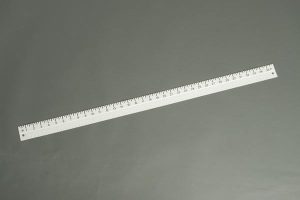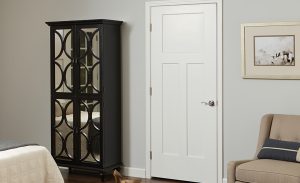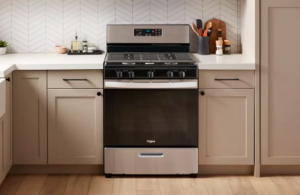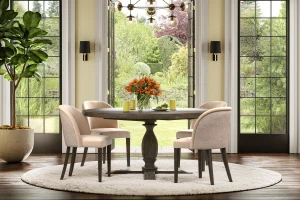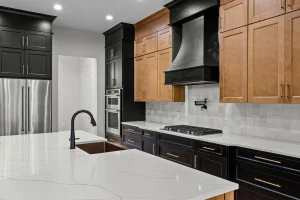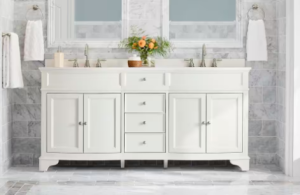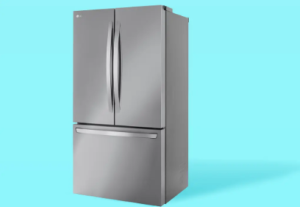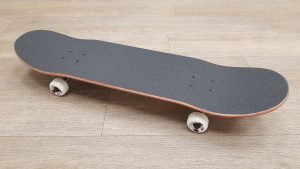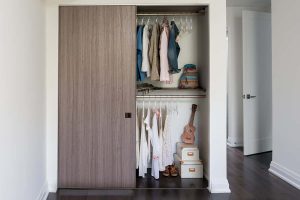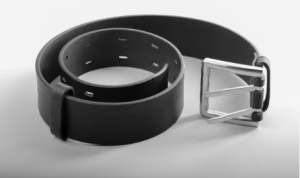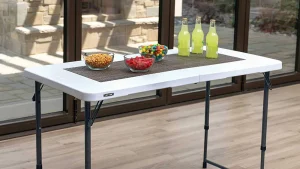36 inches (three feet) is a surprisingly useful measurement. Whether you’re remodeling a kitchen, shopping for a TV, checking door clearances, or buying a belt, knowing what commonly measures 36 inches helps you plan, buy, and fit things faster — and avoid costly mistakes.
This article covers 12 Common Things That Are 36 Inches Long, why that size is used, practical buying and installation tips, and quick conversion help so you can visualize these items in metric units (useful for product specs and international readers). Read on to learn exact dimensions, real-world examples, and actionable advice you can use today.
Quick conversions: 36 inches in other units
this is tool>feet to meters converter
It helps to convert 36 inches to other units when reading product specs:
-
36 inches = 3 feet.
-
Convert to centimeters (cm):
1 inch = 2.54 cm exactly.
So 36 × 2.54 = (30 × 2.54) + (6 × 2.54) = 76.2 + 15.24 = 91.44 cm.
-
Convert to meters: 91.44 cm ÷ 100 = 0.9144 m.
(Use these conversions when comparing US specs to metric product pages.)
12 Common Things That Are 36 Inches Long
Below are twelve everyday items often found at or specified as 36 inches (3 ft / 91.44 cm). For each item I explain why that size is common, what to watch for, and practical tips.
1. Yardstick (measuring stick)
Why it’s 36″: A yard = 3 feet = 36 inches. Yardsticks are made to measure a full yard.
Tips: Keep one in your toolbox for quick checks; wood or metal versions are inexpensive and accurate for rough measuring.
Suggested image alt text: “Wooden yardstick marked in inches and feet (36-inch measuring stick).”
2. 36-inch Interior Door (width)
Why it’s 36″: A 36″ door is a common standard for main interior doors and exterior doors because it provides comfortable passage and better accessibility.
What to check: Measure the clear opening (including frame and hinges) and the rough opening. For accessibility rules or local code requirements, always check local building codes.
Tip: If replacing, ensure door jambs and flooring allow the new door to swing freely.
Alt text: “White 36-inch interior door with trim.”
3. 36-inch Kitchen Range / Stove (width)
Why it’s 36″: Many professional or high-end home ranges come in a 36″ width to accommodate larger cooktops (6 burners or a griddle).
What to check: Venting, cooktop clearance, and the cabinet cutout dimensions. Professional ranges may also require a 36″ minimum clearance for hoods or ventilation.
Tip: Confirm gas line/electrical requirements before ordering and measure delivery path (doorways, staircases).
Alt text: “36-inch stainless steel professional kitchen range.”
4. 36-inch Round Dining Table (diameter)
Why it’s 36″: A 36″ round table is a common small dining table that seats 2–4 people comfortably and fits in compact dining nooks.
Space planning: Allow at least 24–30 inches of clearance per seated person and 36–48 inches from table edge to wall for circulation.
Tip: Use a pedestal base for a 36″ round to maximize legroom.
Alt text: “36-inch round dining table set for four in a kitchen nook.”
5. Standard Kitchen Countertop Height 36 inches (height)
Why it’s 36″: Most kitchen countertop heights are 36″ from floor to countertop top — this is ergonomic for average adults and compatible with standard cabinet heights.
Tip: For specialized tasks (baking, seating comfort), consider custom heights; islands sometimes match 36″ for food prep but may have bar areas at 42″.
Alt text: “Kitchen counter at standard 36-inch height with sink.”
6. 36-inch Wide Base Cabinet Bathroom Vanity
Why it’s 36″: Cabinetry commonly comes in standard modular widths: 12″, 15″, 18″, 24″, 30″, 36″, etc. A 36″ base cabinet gives roomy storage or space for a larger sink. A 36″ bathroom vanity is a popular single-sink size with extra counter space.
Tip: Check plumbing rough-in and door swing; pick soft-close hinges for longevity.
Alt text: “36-inch bathroom vanity with single undermount sink.”
7. 36-inch Wide Refrigerator (standard full-size)
Why it’s 36″: Many full-size French-door and side-by-side refrigerators are 36″ wide — a common width for higher capacity models.
What to check: Measure the fridge width and also diagonal/angle clearances for moving it through doors. Don’t forget to measure alcove width and allow 1/2″–1″ clearance for ventilation per manufacturer.
Tip: Use appliance dollies and order professional delivery for tight entries.
Alt text: “36-inch wide stainless steel refrigerator in kitchen.”
8. 36-inch TV (diagonal screen size)
Why it’s 36″: 36″ (often listed as 36″ diagonal) is a typical size for small living rooms, kitchens, or bedrooms. It provides a good balance between viewing comfort and space efficiency.
Viewing distance: A good rule is 1.5–2.5× the diagonal for HD; for 4K you can sit closer. For 36″, that’s roughly 4.5–9 feet depending on resolution and personal preference.
Tip: Check VESA mount specs if wall-mounting.
Alt text: “36-inch TV mounted on wall above console.”
9. 36-inch Longboard / Skateboard (deck length)
Why it’s 36″: Many longboards measure around 36″ — compact longboards offer stability while remaining maneuverable for cruising and commuting.
Tip: Beginners often prefer decks in the 36–42″ range; check wheelbase and deck shape for the riding style.
Alt text: “36-inch longboard skateboard on pavement.”
10. 36-inch Sliding Closet Door Panel
Why it’s 36″: Sliding closet door panels and bifold door panels commonly come in widths like 24″, 30″, 36″ — a 36″ panel fits larger openings or is used as a single door panel on wide closets.
Tip: Measure the track length and wall depth, and ensure the panel weight is compatible with the track hardware.
Alt text: “36-inch sliding closet door panel in bedroom.”
11. 36-inch Belt Size / Waist Measurement (clothing)
Why it’s 36″: Clothing sizes often include a 36″ waist (pants) or 36″ belt size. Belt sizing varies by brand — many belts are sized by the middle hole (so a “36” belt often fits a 34–36” waist depending on style).
Tip: Measure your waist where you wear pants and compare to brand sizing charts; when buying belts online, check the “measured from buckle to middle hole” measurement.
Alt text: “Leather belt laid flat showing 36-inch measurement.”
12. 36-inch Folding / Utility Table
Why it’s 36″: Portable folding tables are often sold in 3-ft (36″) lengths popular for craft fairs, small events, and extra dining space.
Tip: Check load capacity and leg locking mechanism if you’ll use it as a workbench or outdoor table.
Alt text: “36-inch folding utility table set up outdoors.”
Practical measuring & buying tips (avoid fit problems)
Always measure the path first. Measure doorways, hallways, and staircases for any item that will be delivered (appliances, furniture). Include diagonal clearance.
Account for trim and hardware. A 36″ door slab might need a bit more rough opening space to include the frame and hinges.
Check manufacturer spec sheets. Don’t assume nominal width equals exact width — many items have trim or handles that add width.
Consider clearance and circulation. For tables and seating, allow at least 36″ from table edge to wall for people to move behind chairs comfortably.
When in doubt, add 1–2 inches. Give a little breathing room for installation, ventilation, or movement.
this is tool> dimension converter area
Recommended visuals (for breakups & mobile friendliness)
- Photo: wooden yardstick (alt: “Wooden yardstick — 36 inches”).
- Comparison infographic: 36″ vs 30″ vs 42″ (kitchen counters, tables, doors).
- Room layout diagram: showing clearance needs for a 36″ round table (alt: “Floor plan showing clearances for a 36-inch round table”).
- Product gallery: 36″ stove, 36″ fridge, 36″ TV.
Conclusion
12 Common Things That Are 36 Inches Long show how one simple measurement appears across tools, furniture, appliances, and clothing. From the humble yardstick to a professional 36″ range, knowing what commonly measures 36 inches (3 feet / 91.44 cm) helps you plan better, avoid delivery headaches, and choose the right product.
this is tool Convert Inches to cm, mm, feet

